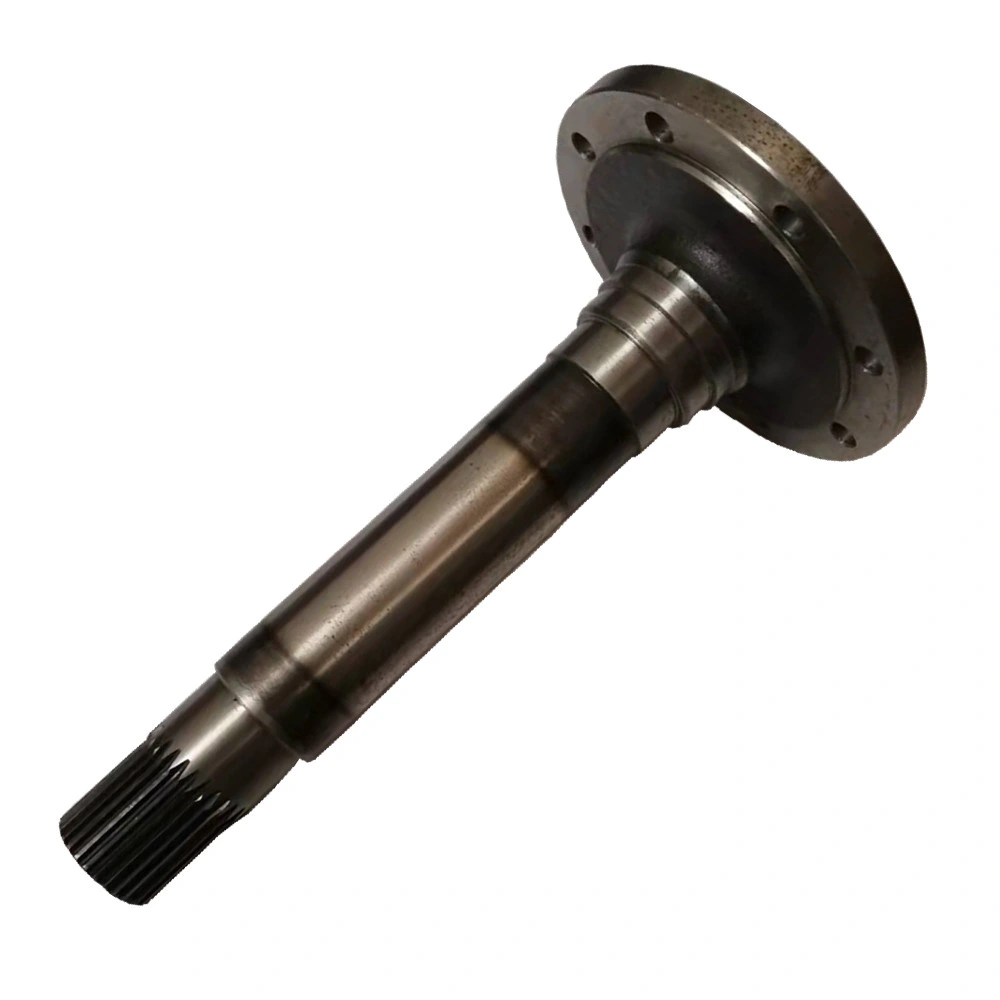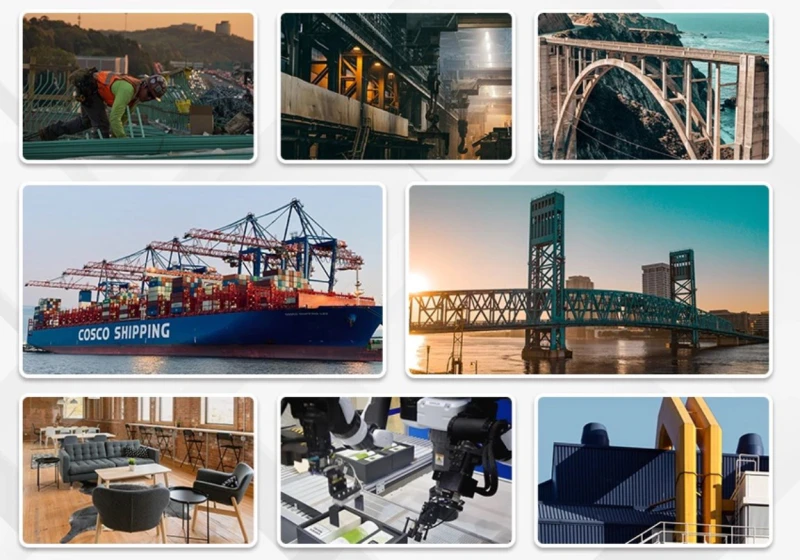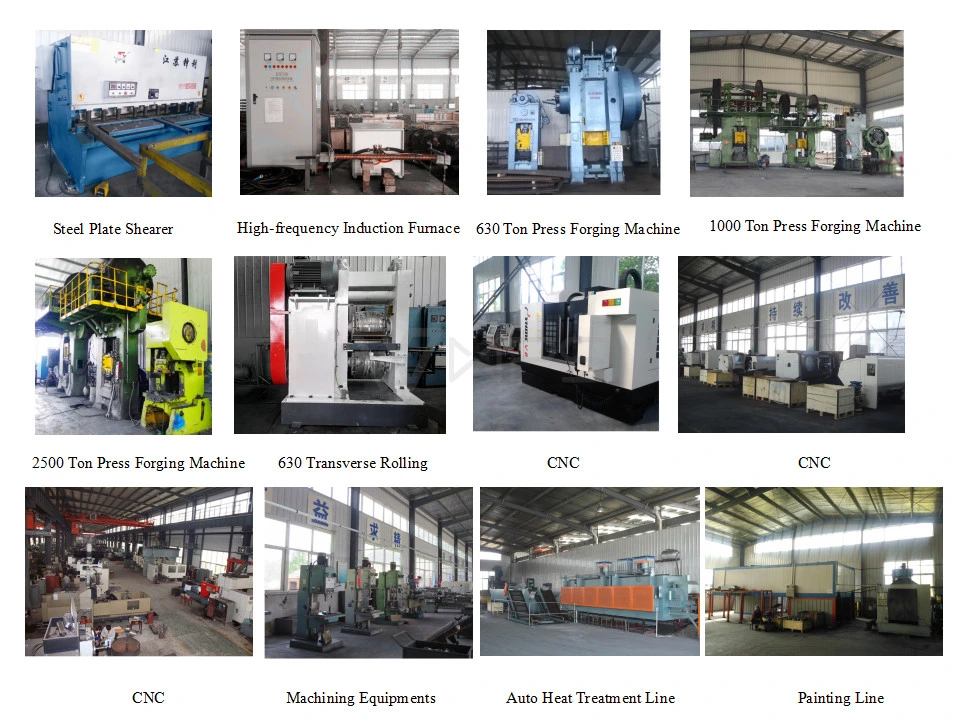Axle Spindle Topology Optimization
Topology optimization is an essential part of the design process for any mechanical component. Axle spindles, in particular, are critical components in a vehicle’s suspension system that connect the wheel hub to the steering knuckle. In this blog post, we will explore how topology optimization can be used to design an efficient and lightweight axle spindle.
What is Axle Spindle Topology Optimization?
Axle spindle topology optimization is a design process that involves finding the optimal material distribution within a given volume while satisfying specific performance constraints. The goal is to create a design that is lightweight, structurally efficient, and meets the required strength and stiffness criteria.
Benefits of Axle Spindle Topology Optimization
- Reduced weight: By optimizing the material distribution, the weight of the axle spindle can be reduced without compromising its performance. This leads to improved fuel efficiency and lower carbon emissions.
- Increased strength: Topology optimization ensures that the design is structurally efficient, resulting in an axle spindle that is stronger than traditional designs.
- Improved stiffness: The optimized design of the axle spindle ensures that it has the necessary stiffness to maintain proper tracking and steering control.
- Cost-effective: The use of topology optimization reduces material usage and simplifies the manufacturing process, resulting in a cost-effective solution.
- Customizable: Topology optimization allows for the design to be customized to meet specific performance requirements, such as load capacity, stiffness, and durability.
With these benefits in mind, it is clear that topology optimization is an essential part of the design process for axle spindles.
How Does Axle Spindle Topology Optimization Work?
The process of axle spindle topology optimization involves the following steps:
- Defining the design space: The design space is the volume within which the axle spindle will be optimized. This can be defined using CAD software.
- Applying loads and boundary conditions: The loads and boundary conditions that the axle spindle will be subjected to are defined. These can include forces, moments, and constraints such as maximum stress and deflection limits.
- Generating an initial design: An initial design that meets the performance requirements is created. This can be done manually or using generative design software.
- Running the optimization: The optimization software iteratively removes material from the initial design until the performance requirements are met while minimizing the weight of the design.
- Validating the optimized design: The optimized design is validated using finite element analysis (FEA) to ensure that it meets the required performance criteria.
The result of this process is an optimized design that is lightweight, structurally efficient, and meets the required performance criteria.

How to Select the Right Axle Spindle for Your Application
Choosing the right axle spindle for your application is crucial to ensure optimal performance and safety. Here are some factors to consider when selecting an axle spindle:
- Load capacity: The axle spindle must be able to handle the weight and forces of the vehicle and its cargo.
- Stiffness: The stiffness of the axle spindle is critical to maintaining proper tracking and steering control.
- Compatibility: The axle spindle must be compatible with the vehicle’s suspension system and wheel hub.
- Material: The material used for the axle spindle must be strong, durable, and lightweight.
- Cost: The cost of the axle spindle should be factored into the decision-making process.
By considering these factors, you can choose an axle spindle that meets your specific application requirements.

How to Install an Axle Spindle
The installation process for an axle spindle will vary depending on the type of vehicle and suspension system. However, the following steps provide a general overview:
- Remove the old axle spindle: The old axle spindle is removed from the vehicle.
- Install the new axle spindle: The new axle spindle is installed into the suspension system and attached to the wheel hub and steering knuckle.
- Tighten the bolts: The bolts are tightened to the manufacturer’s specifications.
- Test the installation: The vehicle is test-driven to ensure that the axle spindle is functioning properly.
It is important to follow the manufacturer’s instructions and recommended torque specifications when installing an axle spindle to ensure safety and proper performance.
About Our Company
We are a comprehensive transmission equipment manufacturer that specializes in the research and development, manufacturing, and sales of axles. With over 15 years of experience in the design, production, and sales of axle spindles, we have served customers in Europe, America, Africa, Asia, and other regions and have won high praise from the market. Our mission is to provide customers with high-quality, high-efficiency, and high-stability production results.
Our products, including axle spindles, full floating axles, straight axles, torsion axles, axle shafts, drop axles, live axles, transaxles, and rear axles, are widely used in the automotive industry, agriculture, construction equipment, railway industry, aerospace industry, heavy-duty trucks and trailers, off-road vehicles, and more. We are known for our excellent service, high-quality products, and competitive prices.

Conclusion
Axle spindle topology optimization is an important part of the design process for creating lightweight, structurally efficient, and high-performance axle spindles. By considering factors such as load capacity, stiffness, compatibility, material, and cost, you can select the right axle spindle for your application. Our company has many years of experience in axle design and production, providing high-quality products and excellent service.
Edited by Czh.